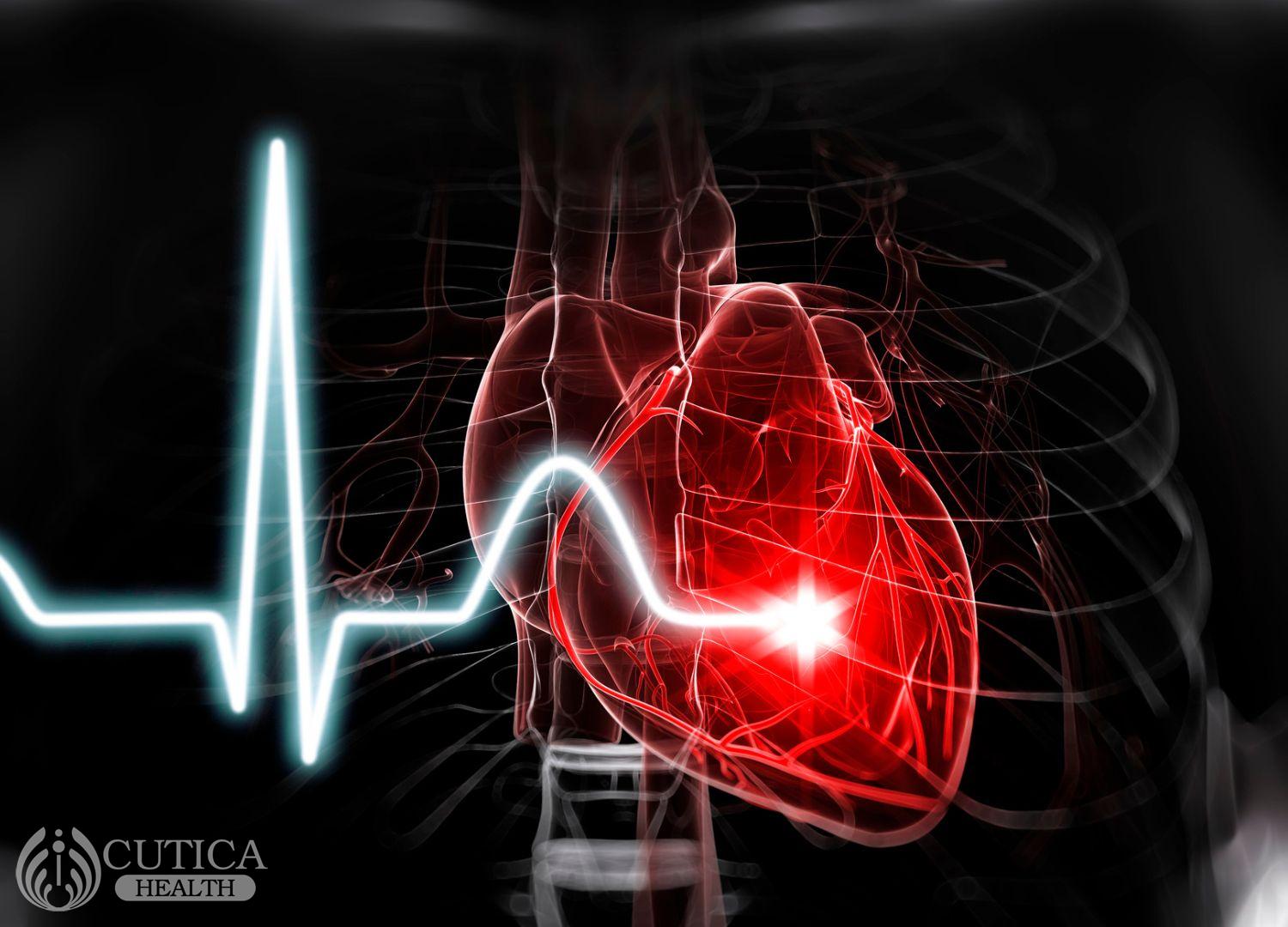John collapsed at work today. Just before the collapse, he told his deskmate that he was feeling lightheaded. He has been diagnosed with elevated blood pressure and has been on medications to control it. So, he was surprised with the way he felt, and about 20 mins later, he collapsed suddenly. When he woke up in the hospital a few hours later, he was told he had suffered a stroke because a blood clot had travelled from his heart to his brain.
Introduction
The heart is controlled by electrical signals that work in harmony, much like the musicians in an orchestra. One signal leads to the next, firing up the muscles of the heart in a coordinated, orderly fashion. This normal heart rhythm ensures the heart performs its function of pumping blood to the entire body. But what happens when these electric signals become chaotic?
What is atrial fibrillation?
Atrial fibrillation, or A-Fib, occurs when the electrical signals that regulate the heart's rhythm become chaotic, causing the atria (the upper chambers of the heart) to quiver instead of contracting efficiently. This chaotic heartbeat disrupts the normal blood flow, potentially leading to the formation of blood clots within the atria.
Blood clots in the atria can lead to stroke if they travel from the atria, through the bloodstream, to the brain. A-Fib is a common underlying cause of stroke, particularly in individuals over the age of 65. It is estimated that AF increases the risk of stroke by five times.

How can this abnormal rhythm cause a stroke?
When blood clots formed in the atria of individuals with A-Fib travel to the brain, they can obstruct blood vessels, leading to a lack of oxygen and nutrients. This interruption in blood flow can cause a stroke, which can have debilitating consequences, including paralysis, speech impairment, cognitive decline, and even death.
Not all individuals with A-Fib will experience a stroke, but the risk significantly increases when additional factors are present. These factors include advanced age, high blood pressure, diabetes, a previous history of stroke or transient ischemic attack (TIA), heart failure, and underlying heart valve problems. Identifying and managing these risk factors is crucial in reducing the likelihood of stroke in A-Fib patients.
How can this abnormal rhythm be managed?
Healthcare professionals employ various approaches to address this condition effectively.
Anticoagulant medications, i.e., blood thinners, are commonly prescribed to A-Fib patients at high risk of stroke. These medications, such as warfarin or direct oral anticoagulants (DOACs), work by thinning the blood, thereby reducing the formation of blood clots. Regular monitoring and adjustment of the dosage are essential to maintain the appropriate balance between preventing clotting and minimizing bleeding risks. Therefore, see your doctor regularly.
In addition to medication, maintaining a healthy lifestyle is crucial in managing A- Fib. This includes regular exercise, a heart-healthy diet, managing blood pressure and cholesterol levels, avoiding excessive alcohol consumption, and refraining from smoking. Stress reduction techniques and adequate sleep are also beneficial.

Conclusion
The abnormal heart rhythm, atrial fibrillation also called A-Fib, significantly increases the risk of stroke. By addressing the risk factors and seeking prompt and effective treatment, and maintaining a healthy lifestyle, individuals with A-fib can reduce their chances of experiencing a stroke and improve their overall health.

